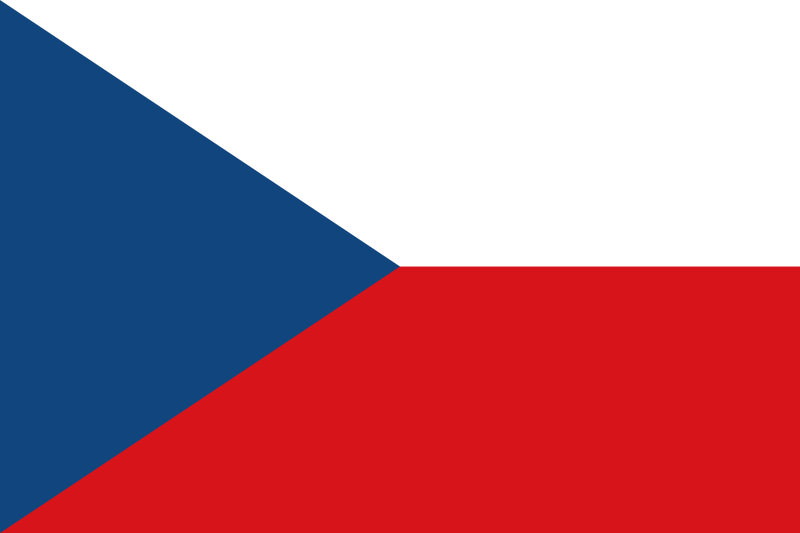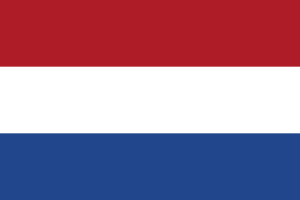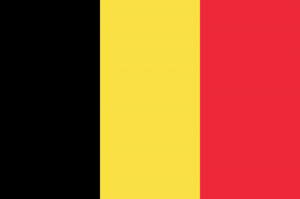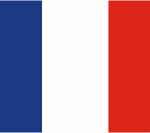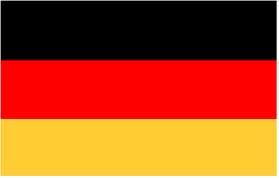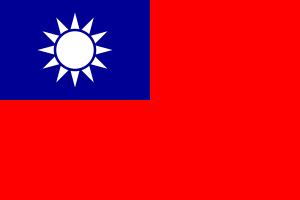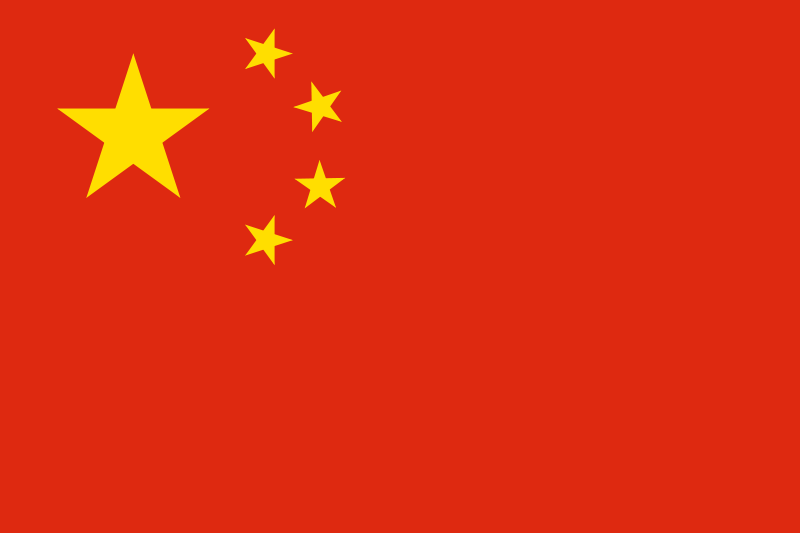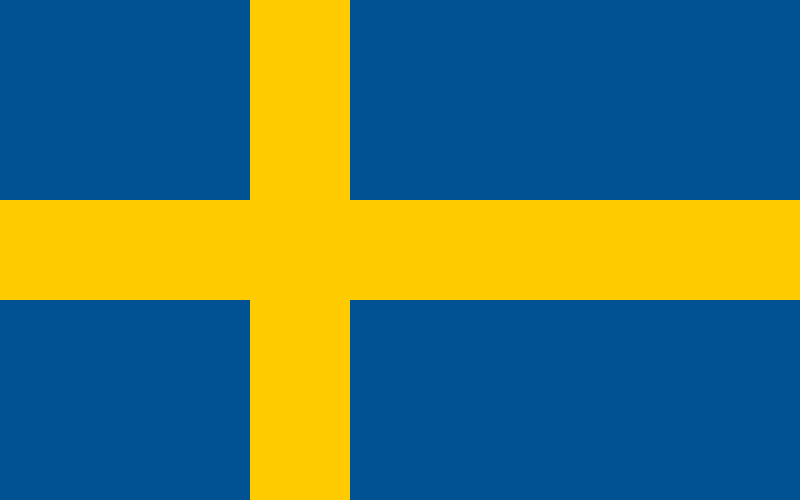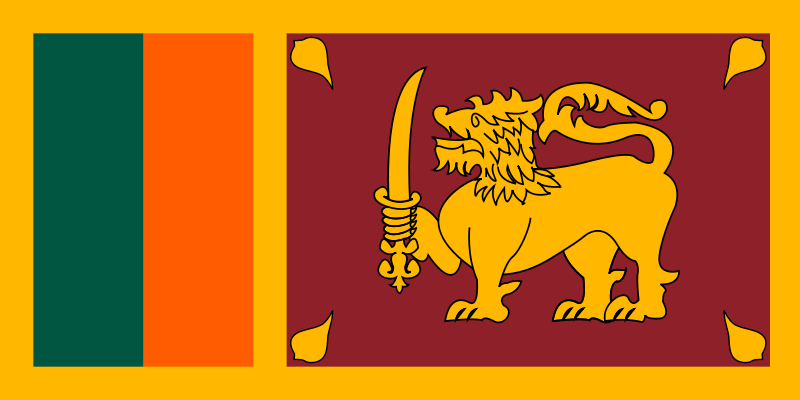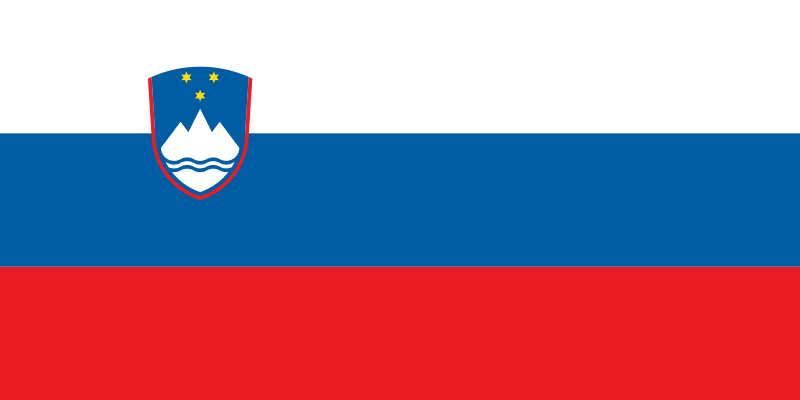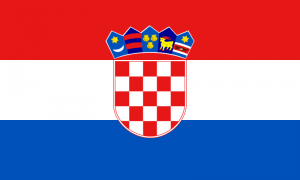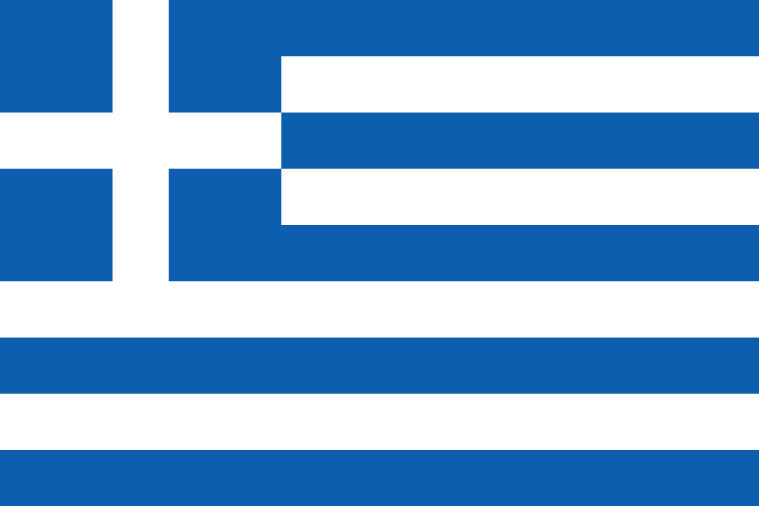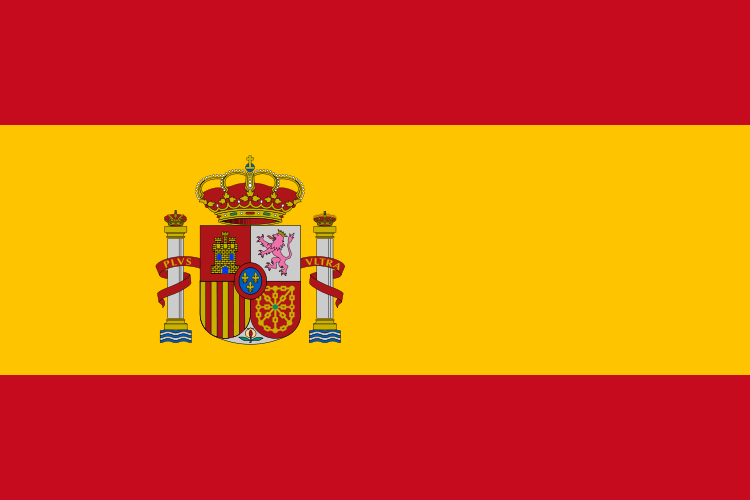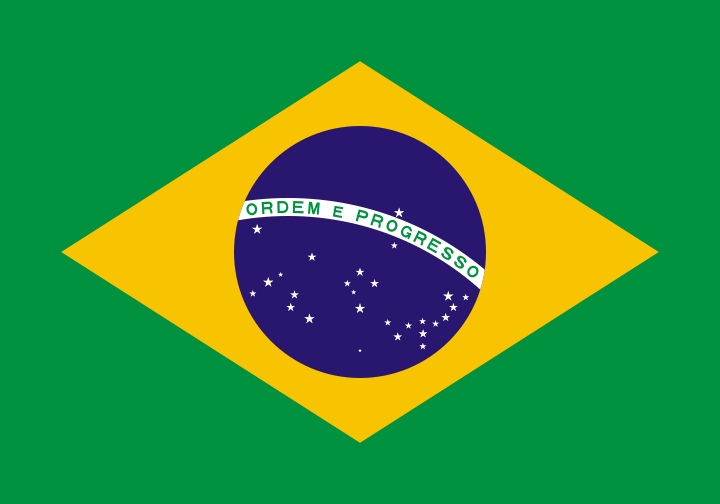Composite’s CutePlus
It is a patented system (Patent EP 2 411 204) based on a special film which permits to add an additional skin to the surface of composite materials using traditional production methods. The skin is composed of 2 layers: an inner layer made of material with a thickness of few nanometers is in contact with the composite body, and a coloured layer 1 to 3 micron thick is on the outside.
What advantages one could expect from this patented tecnology?
Eight advantages are listed:
1 Aesthetic ones.
So far nothing similar is available in the composite market, unless to use substances banned in many developed countries and with a so simple production method. The metallic layer makes a light barrier and permits to achieve brilliant and solid colours without any base, in particular when carbon fiber is used. So far the black surface of carbon fiber needs to have a first layer of a solid colour (white or silver) to permit the subsequent colour not to be “absorbed” by the black body.
2 Weight reduction of composites.
The layers are extremely light, in particular when compared to traditional painting methods. In traditional painting methods the average solid painting can weight as much as 100-120 grams per square meter. With Composite’s CutePlus the weight can be estimated in 1 to 5 grams per square meter (see ahead table 1).
3 Reduced production costs.
Painting of composites is quite a long and manpower’s hours consuming activity, in a word: is expensive. Out of the oven composites are usually sanded, then a solid colour base is applied, often in many layers, and at the end the required colour is given, again in multiple layers. With Composite’s CutePlus all these activities are non necessary. According to the solution selected it is achieved directly either a metallic base for subsequent painting or the finished coloured item.
4 Composite’s CutePlus is a green technology, which reduces pollution and the overall consumption of resourses.
In traditional painting methods nowadays a great part of the ink is dispersed in the air. This requires special painting chambers to collect, recover and dispose of vapour of inks. With the patented system there is no dispertion in the air, since all the ink is layed onto the plastic film during printing, and later transferred to the composite body.
5 The possibility to obtain a skin with differentiated (electrical, insulating, magnetic) characteristics in comparison with the composite body.
For example if the composite body is made in fiberglass, and it is thus insulating, a metallic skin can make it conductive only on the surface. On the other hand tests are presently carrried out to transfer an insulating skin to conductive (carbon fibers) bodies.
6 The possibility to use precious metals and nobilitate thus the whole composite.
Theoretically the material layer can be made in precious metals (gold, silver and copper are good candidates in this matter) getting in this way articles which are, in the same time, precious and at the top of techniques.
7 The technology uses traditional manufacturing methods.
In tubular in particular the only thing to do is to use the special film and select the correct pitch. There is no need of adapting machines, or to make additional operations.
8 The process is versatile.
Since it is possible to change both the vacuum deposited material, as well as the special ink, the patented process has a very huge number of possible variations.
How is made the special patented film?
A plastic film with one side treated (flame, corona or plasma treated) on the surface is used.
On the treated side of the film through a traditional printing process is at first printed a layer of a special ink.
In a second step the material is deposited over the coloured layer through vacuum vaporization, a process widely used for many applications.
Both layers are completely dry and have a good adhesion to the plastic film.
At this stage the film look is very similar to gift wrapping paper, with one side silver and the other with a brilliant colour.
How these layers are transferred to composites?
Traditional manufacturing methods for the production of composites are used. At first a prepreg or a combination of fibers and a thermosetting resin are fitted on the mould. Than the special patented film is placed over, in close contact. The whole is than put in the autoclave or in the oven or in the press and polimerization process is carried out at standard conditions (temperature, pressure, time, heat ramp etcetera). During the cycle the thermosetting resin undergoes through the liquid phase and sticks permanently to the metallic and coloured layers of the plastic film. At the end of the curing cycle the layers are transferred to the composite body forming an extremely thin skin on the surface. Then plastic film can be either taken away leaving the composite’s surface naked or left on the composite’s structure to form an additional protection to the surface. Please we aware that also the application, the manufacturing method has been patented.
Which materials are used for the inner layer?
The inner layer can be made of metallic materials and also of some other non metallic materials. So far the intermediate skin has been made of aluminium, but tests are presently carried out to verify other metals (gold, silver, copper and others) as well as other non metallic materials.
How about the coloured layer?
The external surface can be printed either with an unique solid colour or with particular patterns. Transparent varnishes can also be used, mono tone solid coloured inks, and also drawings can be obtained (for example imitations of wood, marble etcetera). Tests are on the way with special pigments.
Any alternative for the plastic film?
So far a standard bioriented polypropylene film has been used, but the process is possible with almost any plastic film (polyammide, polyurethane) standard or specially coated (for example for UV protection), with one side treated (flame, corona or plasma treated) on the surface.
Which thermosetting resins and fibers are usable for the composite?
Common polyesther and epossidic thermosetting resins have already successfully been used. In case the formulation of the resin is peculiar each ink/colour has to be tested. Concerning fibers they do not interfere with the process, thus any fiber is possible (carbon fibers, fiberglass, arammidic and others).
Is the additional skin heavy?
Since the layers are very thin, the additional skin is extremely light, both considering the total weight of the composite and in particular in comparison with traditional painting methods. The material layer is 15-22 nanometers thick, the coloured layer is in the range 1 to 3 micrometers.
In the following table are reported some figures of the scale of sizes we are discussing of:
Legenda: Plastic film: polypropylene. Metallic layer: aluminium. Composite body: tubolar element, carbon fiber, extra light fishing rod. μm = micrometres (1/1000 millimetres). nm = nanometres (1/1000000 millimetres). The coloured ink layer weight is based on consolidated experience in printing. The metallic layer weight is estimated using the following formula: unit weight (g/m2) = thickness (μm) x density (g/cm3). In case of aluminium the density is 2,7 g/cm3, thus we have 0,015 x 2,7 = 0,040 g/m2 as minimum and 0,022 x 2,7 = 0,059 g/m2 as maximum. In case of gold (density 19,3) the theoretical weight could thus be in the range 0,289 – 0,424 g/m2
As one can see, the additional skin gives an additional weight ranging from 1,04 to 3,06 grams per square meter in case of aluminium. These values have to be compared with traditional painting methods, in which average weights are in the range of 80-150 grams per square meter. The lightness makes Composite’s CutePlus the ideal solution for extremely light composites’ structures (tipically top of the range sports articles such as fishing rods, ski poles etcetera).
What has been patented?
The European Patent Office has granted Patent Number EP 2 411 204:
- the plastic film itself with the two layers of ink and vacuum vaporization deposited material;
- the production method of the film;
- and the application, the production method of any composite item using this system,
have been patented. In other Countries the Patent is pending.
How to get this patented technology?
In a two step process:
In the first step we are looking for selected partners willing to cooperate. The aim is to assign them a licence agreement specific for their composite applications and markets and the countries they are interested in. They will be the sole company authorised to produce composite items according to the patent specifications in their countries/applications, and protection of the patent against unauthorised producers will be carried out together. Once the licence agreement has been signed they will be supplied with the plastic film needed in the colours/patterns and metals required.
What are the costs of Composite’s CutePlus?
The basic plastic film itself is very cheap, and the production process of composites requires a very small quantity of the special film. Film costs will vary according to the colour/design requested and to the size of the order for film. Precious metals of course will be much more expensive, but considering the very small amount or material requested costs should any way be much cheaper then any other alternative, and the overall value of the item produced should be much higher.
How about royalties for the production of composites?
Since also the application, the manufacturing method of composites has been patented, royalties are due. They will be differentiated according to the item to be obtained, to the value of the item, and to the forecasted production volume.
Where does the name come from?
It has two meanings. The first has been taken from the Latin words “cutis-cute”, which means skin, and “plus” which means additional. In this sense “Composite’s CutePlus” could be translated into “Additional Skin for Composites”. The other sense of the name is self evident in english, since with Composite’s CutePlus the aspect of composites is much nicer, improved, cute.
Additional information.
If you have any other questions this web page has not properly answered you, or you think something is missing, please don’t hesitate to contact us. Our technical department is at your disposal for any further information you may need.
Write, phone, send an email at:
A. Peruzza S.r.l. – via Portelle 1 – 31010 Mareno di Piave – Tv – Italy
Telephone: int+ 39 0438 492335. Telefax: int+ 39 0438 492365.
Email: info@aperuzza.com
© 2013-2022 A.Peruzza S.r.l. is the sole owner or authorised user of the intellectual property rights relating to the information communicated herein. It is forbidden to copy, include in websites, distribute or anyhow publicize this document to third parties without prior written permission of the owner.











